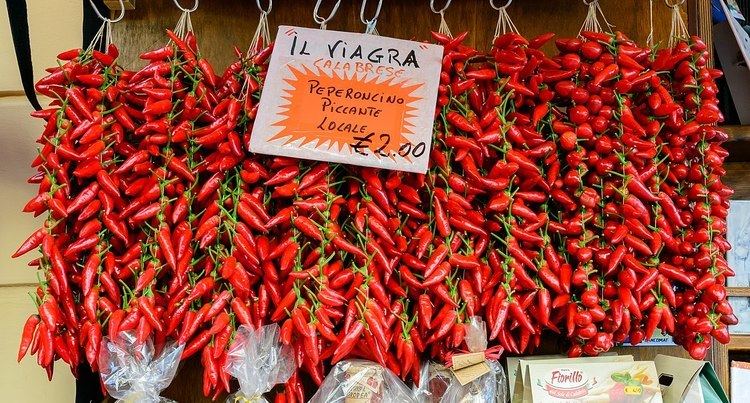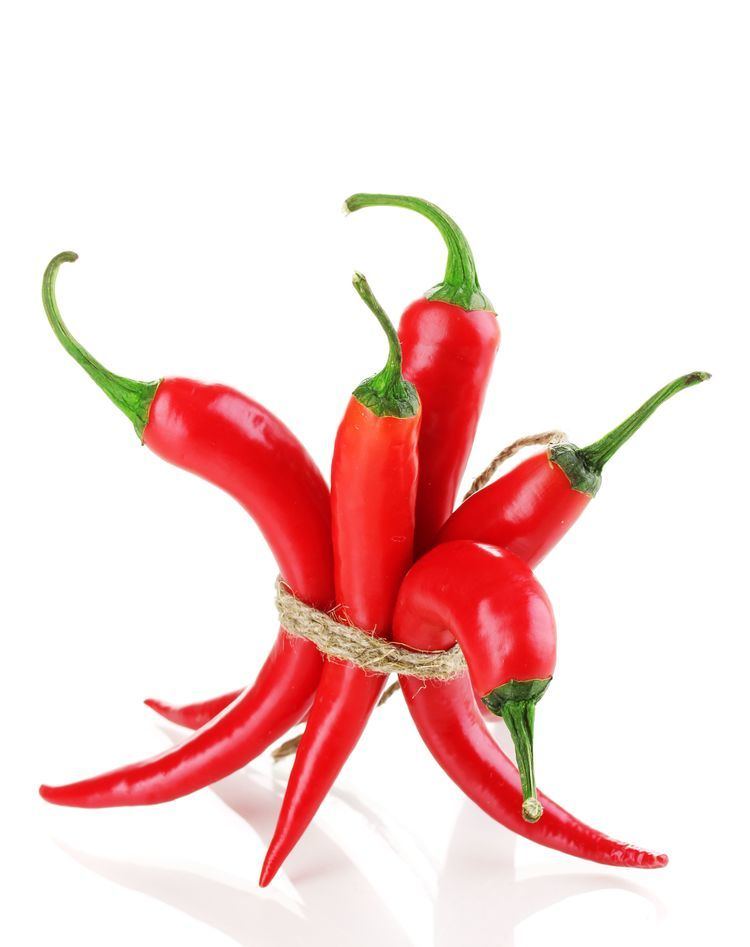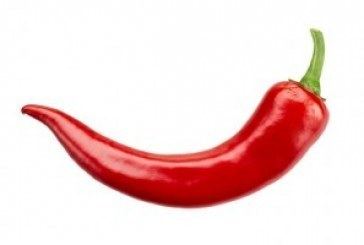Heat Hot | Scoville scale 15,000 to 30,000 SHU | |
 | ||
Similar Pepperoni, Jalapeño, Antipasto, Provolone, Salami | ||
Spaghetti aglio olio e peperoncino english
Peperoncino ([peperonˈtʃiːno]; plural peperoncini [peperonˈtʃiːni]; sometimes spelled pepperoncino and pepperoncini in English) is the generic Italian name for hot chili peppers, specifically the cultivars of the species Capsicum annuum and Capsicum frutescens. The sweet pepper is called peperone (plural peperoni) in Italian.
Contents

History

The peperoncino probably came to Italy in the early 16th century, after Columbus had taken samples from the New World to Europe in 1492. Like the tomato, the peperoncino was first considered a decorative and possibly poisonous plant before it was adopted into Italian cuisine. It might have become popular as a food long before the cookbooks attest to its use. These cookbooks were written for the upper classes, while the peperoncino was a cheap and convenient food for the lower classes.

Pietro Andrea Mattioli first described peperoncini in 1568 and mentioned how much hotter they were than other varieties of pepper from Asia. Peperoncino was used in a cookbook recipe for the first time in 1694, by the Neapolitan cook Antonio Latini. In his recipe for Salsa alla Spagnola chopped peperoncini, tomatoes and some onion are combined with peppermint, salt and oil, to be served as a relish.
Culinary use

In Italian cuisine peperoncini are used with moderation and the flavour is considered more important than the heat. As a consequence the Scoville rating serves only as a rough guide to the heat, which is quite varied among the different cultivars.
The peperoncino is especially important in Calabrian cuisine. In late summer, peperoncini are stitched on wires and hung from buildings. They are left to dry in spots with sunlight and ventilation to conserve them, allowing their use in cooking until the next harvest. They are eaten whole, fried until crisp, crushed, powdered or as a paste. A typical peperoncino from Calabria rates 15,000 to 30,000 on the Scoville scale.
Notable Calabrian dishes which use peperoncini are the condiment Bomba Calabrese and the spreadable pork sausage 'Nduja. It is also used in dishes of other regional cuisines of Southern and Central Italy, such as the Roman Arrabbiata sauce.
Culture
Since 1992 the annual Peperoncino Festival has been held in the town of Diamante in Calabria. Organized by the Accademia Italiana del Peperoncino, the festival now attracts tens of thousands of visitors. It is held for four days surrounding the first weekend of September on the town's seaside promenade. The festival has a large market where local food products made with peperoncini are sold and hosts a peperoncino-eating contest.
